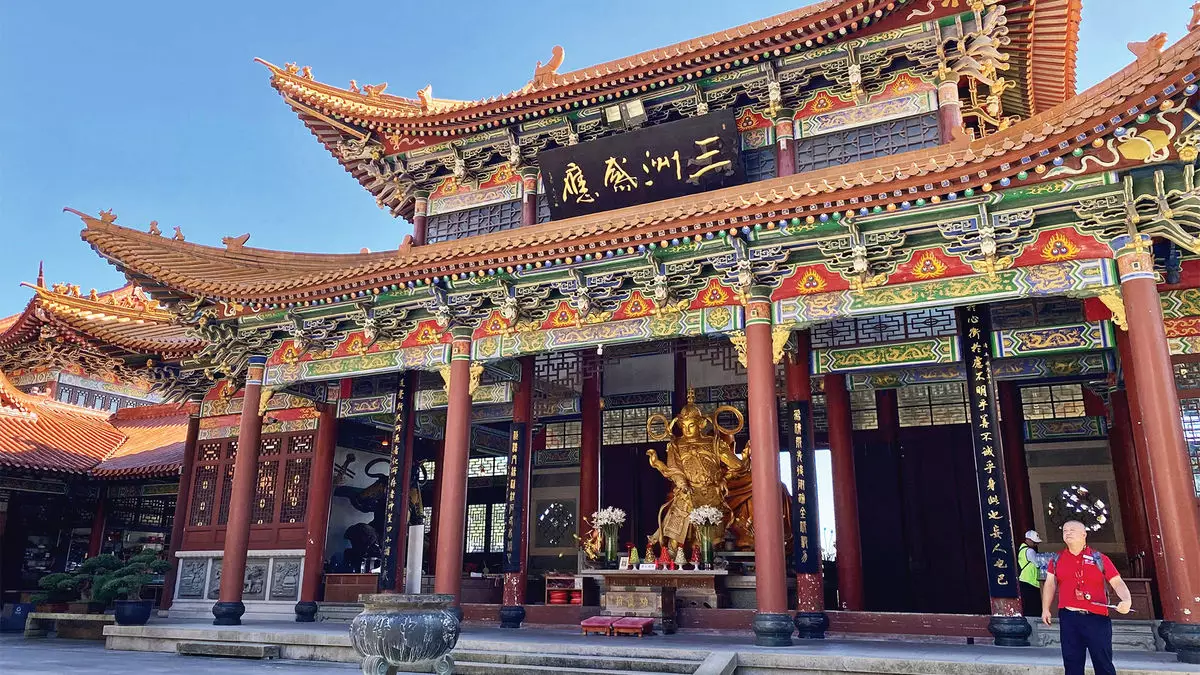In a world where air travel can whisk us across the globe in mere hours, the experience of jet lag has become a common hurdle for frequent travelers. The sensation of having your internal clock disrupted, leaving you disoriented and fatigued, is all too real. For many, this struggle was epitomized during an unforgettable road trip characterized by the comedic declaration of time confusion. As the complexities of travel increase, understanding and mitigating the effects of such time disorientation becomes increasingly vital.
As someone who once mused about being a time traveler, the notion of shifting time zones seems like an adventure filled with excitement but also fraught with its challenges. Today’s technology offers tools to help navigate these trials. One such innovation is Timeshifter, an app designed to tackle jet lag by aligning our biological rhythms with the local time of our destinations. More than just a simple schedule planner, it proposes a systematic approach to adjusting our circadian rhythms days before departure—a technique that could revolutionize the way travelers experience new environments.
The physiological response to rapid time zone changes involves a slew of biological systems struggling to maintain equilibrium. The disruption affects our sleep patterns, mood, cognitive function, and even vital organ performance. When individuals hastily cross multiple time zones, their melatonin production and temperature regulation get thrown into chaos. These consequences urge the need for a strategic method to not only understand jet lag but also manage its effects effectively.
Timeshifter takes this challenge to heart, emphasizing that the journey toward a smooth transition begins before boarding. By exposing travelers to specific lighting conditions and adjusting their caffeine intake, the app aims to strategically shift the internal clock in preparation for arrival at a new destination. This foresight can mean the difference between a refreshed adventurer and a weary traveler.
Having recently planned a trip to China that included a Viking cruise, I was eager to test Timeshifter’s capabilities. After entering flight details, the app crafted a personalized timeline complete with explicit instructions on when to seek or avoid light, when to consume caffeine, and when to rest. The planning was rigorous; I was instructed to keep my environment dimly lit in the mornings, even resorting to wearing sunglasses indoors. At first, following these directions felt absurd, yet my commitment began to yield positive results.
Upon arriving in Shanghai, the app’s support manifested in my maintained energy levels throughout the day. Following the app’s recommendations allowed for a natural synchronization with the local time. I was pleasantly surprised to find that I felt energized enough to engage in local activities and socialize without the typical fog of travel fatigue clouding my experience.
However, I discovered that the transition back to North America still required diligence. The same directive urges of the app guided my caffeine consumption and light exposure. Armed with this knowledge, I managed to thrive during my initial days in Vancouver, even invigorating myself for further travel. Yet, my experience underscored the importance of continual application of the app’s strategies, especially during the final leg of my journey.
Despite my initial success in adapting, the unwinding of my circadian rhythm during my return flight presented unexpected challenges. Skipping the app’s guidance as I transitioned back to my home time zone likely contributed to feelings of exhaustion and disarray. After believing I had mastered the intricacies of time shifting, I turned out to be vulnerable to the very same jet lag I had sought to avoid.
This experience redefines the concept of preparedness; the more I relied on the app, the better I fared. The merit of Timeshifter lies not only in its functionality but in its call for disciplined adherence to its advice. Thus, one can’t help but wonder if future travels will benefit from a dedicated engagement with the app throughout all stages of a journey.
As we continue engaging with technologies designed to enhance our travel experiences, it becomes apparent that understanding our biology is fundamental. The journey through time—whether literal or metaphorical—requires more than just ambition; it demands a commitment to adapting in a structured manner. As I consider my subsequent trips, investing in Timeshifter and using it consistently could very well unlock the true potential of travel, transforming the chaotic experience of jet lag into a seamless adventure in discovery.


Leave a Reply